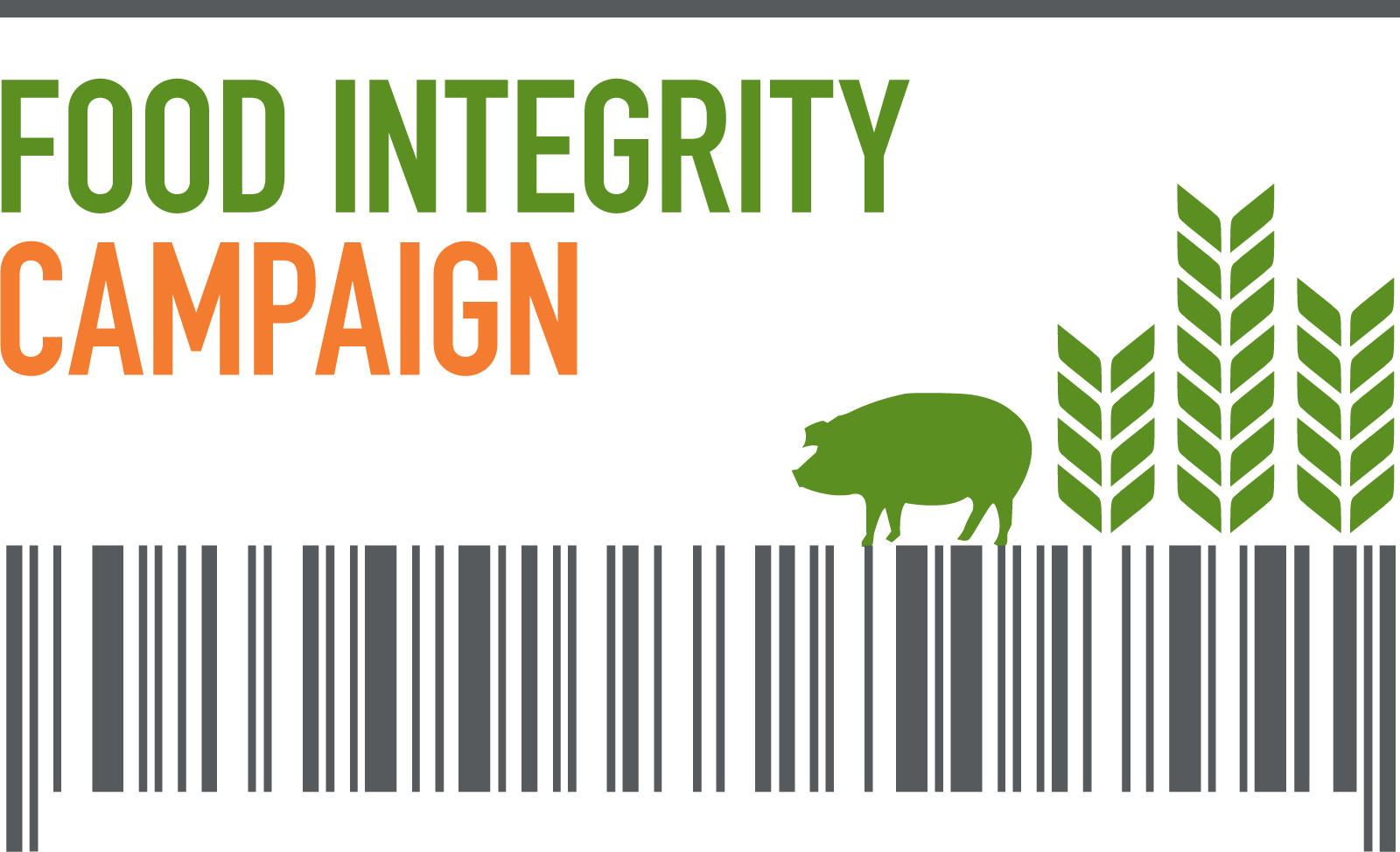by Matthew Hay Brown
Federal workers’ unions and food safety groups have joined to oppose new rules proposed by the Department of Agriculture to streamline federal poultry inspections.
The USDA’s Food Safety and Inspection Service says the rules would “modernize” inspections of young chickens and turkeys, saving money for businesses and taxpayers while allowing inspectors to focus on the areas of poultry production that pose the greatest risk to food safety.
The new inspection system grew out of a pilot program that began in the 1990s under President Bill Clinton. It was subjected to public comment this year and may now be implemented at any time.
Officials estimate it would reduce poultry production costs by more than $256 million per year and save taxpayers more than $90 million over three years.
“By revising current procedures and removing outdated regulatory requirements that do not help combat foodborne illness, the result will be a more efficient and effective use of taxpayer dollars,” Agriculture Secretary Tom Vilsack said when the rules were proposed earlier this year.
But critics say the proposal would reduce the number of federal inspectors stationed in poultry slaughter plants, allow plant workers to replace government inspectors for certain inspection activities, and increase poultry production line speeds to unsafe levels.
A coalition including the American Federation of Government Employees, the Center for Food Safety and the Farmworkers Support Committee and Morgan State University public health lecturer Andrea Kidd Taylor has asked the USDA to withdraw the proposal.
“It’s been a constant fight to keep this from going forward,” said Amanda Hitt, director of the Food Safety Campaign of the Washington-based Government Accountability Project. “Then there was this perfect storm: ‘We have this great opportunity because the economy’s in the hole, right? This is a great way for the government to save money.’
“Now, I don’t think that. Obviously, I think messing with the food supply is just about the dumbest thing we could do.”
A spokeswoman for Perdue Farms, the chicken-processing giant based in Salisbury, said the company has not taken a public position on the proposal.
“This is a USDA initiative,” spokeswoman Julie DeYoung said. “The USDA’s Food Safety and Inspection Service’s role is to ensure food safety and maintain consumer trust, and we will abide with whichever inspection system they decide is appropriate.”
The proposal would increase the speed of processing lines to 175 birds per minute, a five-fold increase over the current speed of 35 per minute. At the new rate, the critics say, inspectors would have less than a third of a second to examine each carcass.
“It’s going to be next to impossible to try to detect problems with birds flying by at that rate,” said Chris Waldrop, director of the Food Policy Institute at the Washington-based Consumer Federation of America. “The traditional model is pretty fast, but it’s a lot more doable than 175.”
The coalition objected to a proposal to turn the job of inspecting birds for bruises, scabs and other defects over to plant workers, who would not be required to undergo specific training. The United States requires workers in foreign plants that produce poultry for import here to complete training.
And the coalition expressed concern that the proposal does not require an industry-wide standard for testing poultry, but would leave each plant to develop its own testing protocol. Plants would not be required to test for salmonella or campylobacter, the two foodborne pathogens most often associated with raw poultry.
A spokesman for the Food Safety and Inspection Service said the agency is now reviewing public comments on the proposal.
“FSIS believes the proposal we put forward to modernize our poultry slaughter inspection process would continue to ensure and even enhance the safety of the poultry supply by focusing our inspectors’ efforts on activities more directly tied to improving food safety,” spokesman Dirk Fillpot said.
Officials say a risk assessment conducted by FSIS suggests “a significant correlation” between unscheduled, offline inspections of the sort the proposal would free inspectors to pursue and lower levels of salmonella and campylobacter in young chicken and turkey slaughter plants.
Waldrop said the agency is proposing too many changes at once to be able to evaluate the results.
“There’s going to be no way to know whether this change worked or that change didn’t work,” he said. “The testing is changing. They’re taking inspectors off the line. They’re having them do new activities. They’re speeding up the line.
“All those things are happening at once. It means that they’re doing a whole lot of mini experiments all at the same time, with no controls and no way to really know which is working and which isn’t.”
